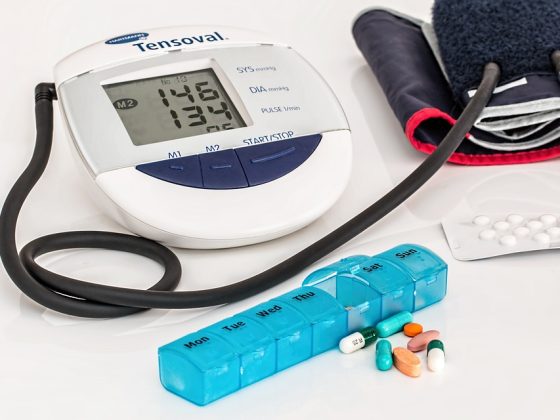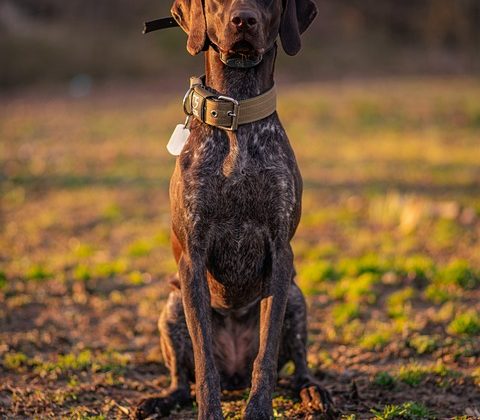Road tripping with your dog can be a truly enjoyable experience for both you and your furry friend. However, it does require some extra planning and preparation to ensure a safe and stress-free journey. In this ultimate guide, we will cover everything you need to know to make your road trip with your dog a success.
1. Plan your route and accommodations
Before setting off on your road trip, it's important to plan your route and accommodations. Make sure to choose pet-friendly hotels or rental homes along the way so that your dog can stay with you overnight. Some accommodations may also offer amenities such as dog beds, bowls, and treats, so be sure to inquire about these options when booking.
When planning your route, consider the length of the drive each day and any stops you'll need to make for your dog. It's important to take frequent breaks to allow your dog to stretch their legs, go to the bathroom, and get some exercise. Research dog-friendly parks or rest stops along your route where your dog can run and play.
2. Pack the essentials
When packing for your road trip with your dog, be sure to include all the essentials they will need for a comfortable and safe journey. This includes:
– Food and water: Bring enough food and water for the duration of your trip, as well as collapsible bowls for easy feeding and drinking on the go.
– Bedding: Pack your dog's favorite bed or blanket to help them feel at home in unfamiliar places.
– Leash and collar: Make sure your dog has a secure leash and collar for walks and restroom breaks.
– ID tags and microchip: In case your dog gets lost, make sure they have updated ID tags with your contact information, as well as a microchip for added security.
– First aid kit: Include basic supplies such as bandages, antiseptic wipes, and tweezers in case of emergencies.
– Toys and treats: Bring along toys and treats to keep your dog entertained and reward them for good behavior.
3. Prepare for car travel
Before hitting the road, it's important to prepare your dog for car travel. Start by taking short drives to help them get used to being in the car and gradually increase the duration of the trips. Consider using a pet seatbelt or crate to keep your dog secure and prevent distractions while driving.
Make sure to never leave your dog unattended in the car, especially in hot weather, as they can quickly overheat and suffer from heat stroke. Always keep the windows rolled down slightly for ventilation and provide plenty of water for hydration.
If your dog experiences anxiety or motion sickness during car rides, consult with your veterinarian for advice on managing these issues. They may recommend medications or natural remedies to help your dog feel more comfortable during travel.
4. Follow pet travel regulations
When traveling with your dog, it's important to follow pet travel regulations to ensure their safety and well-being. Check the requirements for each state or country you will be visiting to see if your dog needs any vaccinations, health certificates, or quarantine periods.
Additionally, make sure your dog is up to date on their vaccinations and is wearing a collar with identification tags at all times. Some places may require proof of rabies vaccination, so be sure to have this information readily available.
When crossing borders or traveling internationally with your dog, check with the embassy or consulate for specific regulations and guidelines. This may include paperwork, health certificates, or quarantine procedures that need to be completed before your trip.
FAQs:
Q: Can I leave my dog alone in the hotel room during the road trip?
A: It is generally not recommended to leave your dog alone in a hotel room, as they may become anxious or destructive when separated from their owner. If you need to leave your dog for a short period of time, consider using a pet-sitting service or bringing a travel crate for them to stay in.
Q: How can I keep my dog entertained during long car rides?
A: To keep your dog entertained during long car rides, consider bringing along their favorite toys, treats, and chew bones. You can also play soothing music or white noise to help calm their nerves and provide a sense of familiarity.
Q: What should I do if my dog becomes car sick?
A: If your dog experiences motion sickness during car rides, try to keep the car ventilated and avoid sudden stops or sharp turns. You can also consult with your veterinarian for recommendations on medications or remedies to help alleviate their symptoms.
In conclusion, road tripping with your dog can be a fun and rewarding experience if you plan ahead and take the necessary precautions to ensure their safety and well-being. By following the tips and guidelines outlined in this ultimate guide, you can create lasting memories with your furry friend on the open road.











